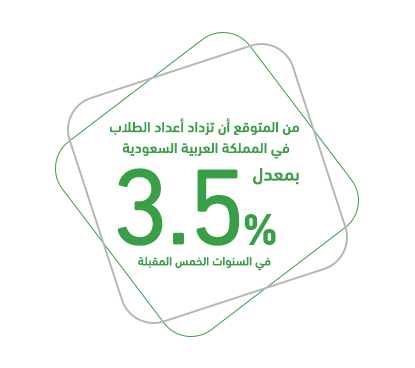Preparing a feasibility study for a private bilingual school requires a thorough and comprehensive analysis to ensure the success and continuity of the project. The study begins with a comprehensive understanding of the target market, by identifying the number of potential students and assessing the area’s need for private education services. This is followed by a competition analysis to assess the level of education provided by other schools, with a focus on identifying the differentiating factors that could give the proposed school a unique competitive advantage. The analysis also includes the financial aspect, by estimating the costs required to launch and operate the project, and estimating the expected revenues. The most appropriate sources of financing must also be identified, whether through angel investors, bank loans, or other financing options.

The private bilingual school project is considered an integrated educational institution that provides high-quality education and meets the needs of parents seeking distinguished education for their children. The project focuses on providing modern academic curricula that combine two different languages, while enhancing students’ linguistic, scientific, mathematical, and social skills. The importance of the feasibility study of a private school project is highlighted in identifying potential investment opportunities and evaluating the financial resources needed to establish and operate the project, in addition to developing marketing plans and strategies concerned with attracting target segments. The study also includes analyzing the market and competitors to identify strengths and weaknesses, identify potential opportunities and threats, and develop the best plans to address them. The feasibility study also sheds light on the equipment of educational buildings, the employment of human resources, drawing up their organizational structure, and setting performance indicators for them. In conclusion, the project feasibility study enables investors to make informed decisions about the project and helps them achieve the required strategic goals.



Executive Summary
Study of project services/products
Market Size Study
Risk assessment study.
Technical study
Financial study.
Organizational and administrative study.

Believing in the vital role of the education sector in the advancement of nations and guiding them to safety, mashroo3k is pleased to present below the most important indicators of this sector in the Kingdom, according to the latest statistics, hoping that it will attract investors and entrepreneurs.

The population of Saudi Arabia is estimated at 34.8 million today and is expected to rise to 38.4 million by 2025. Given the steady growth in population, there will be an urgent need for the education sector and there is no doubt that the demand for the services of this vital sector will be constantly increasing.